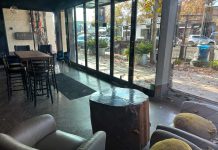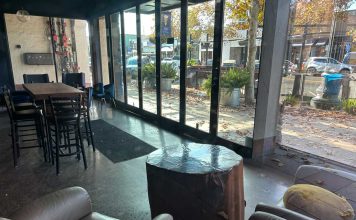You may have noticed recently that the power goes out for a little while in the early evening when the weather is hot. This, of course, is because everyone who is lucky enough to have air conditioning has it on full blast to get comfortable for dinner and the evening.
“Everybody” includes more and more people due to rampant growth. Just take a look at San Jose and Morgan Hill to see where Gilroy is headed if we don’t slow our own growth.
Rampant growth in Gilroy means that in the last 10 years most of the houses in Glen Loma and the Hecker Pass development have been built, sold and occupied, along with many apartments and infill projects throughout the city.
Between the 2010-2020 Census counts, Gilroy added 22% to its population. The growth looks like we’re well on our way to as much as a 30% addition by 2030. Meanwhile, San Jose and Morgan Hill are far outpacing our growth and pulling power from the same sources as we are.
Not only that, but people are adding ADUs (Accessory Dwelling Units), upgrading their service to higher levels (as much as 400 amperes), and using their air conditioning more often as the weather patterns change.
PG&E’s electrical grid (OUR electrical grid!) has many automatic protections against overloaded transformers and lines, damaged equipment and fires. These include switches and operators who rebalance and redistribute power loads when temperatures are dangerously high for the equipment.
We can be thankful for these safeguards because they help prevent the kinds of disastrous fires we have seen elsewhere. Increasing capacity is a complex, expensive and slow process, and the basic supply of energy is not growing as fast as the demand. So what to do?
Here’s an idea: Suppose we voluntarily lower the peak load without much, if any, sacrifice. We can do this if every odd numbered house sets up their air conditioning to be OFF from 5-7pm. And every even numbered house sets their AC to be OFF from 7-9pm. Outside of those hours, go wild.
Cool your home before the OFF hours, and after your OFF hours “top off the cool,” if needed. If you need help figuring out how to set up your system for this, check Facebook or YouTube, or call PG&E. Maybe someone will step up on Nextdoor to offer help.
This plan could reduce peak loads for residential power by up to 50% if the whole city signs up. But even a small improvement would be a start.
We have an odd-numbered house and intend to follow this plan. We hope you will, too.
David Lima
Gilroy Resident














Here’s another idea: add more generating capacity.